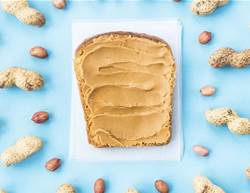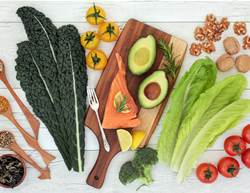Carbohydrates can be an important part of one’s diet, but not all carbs are created equal.
Simple carbohydrates include processed ingredients like refined flours and sugars, and they can leave you feeling hungry soon after meal time. Meanwhile complex carbohydrates are higher in fibre and other important nutrients, and they digest more slowly, keeping you fuller longer.
One family of good-for-you complex carbohydrates: healthy grains. Ranging from quinoa to barley and black rice to buckwheat, whole grains make for a delicious meal, any time of day, and boast some serious health benefits.
So what are whole grains?
“Whole grains contain all three parts of the original seed: the bran, germ and endosperm,” says dietitian Marisa Moore. Because these parts of the seed are intact the grains are rich in fibre, vitamins, and minerals, she says.
“Since most Americans don’t get enough, for many, fibre will be the target for identifying some of the healthiest grains,” says Moore.
Not only is fibre an essential nutrient to aid in digestion, but one recent study showed that ingesting fibre can benefit cognitive function in older adults.
Grains come in many shapes, sizes, and flavour profiles. Some boast a slightly crunchy texture and seriously nutty flavour while others make a wonderful mild base for a salad.
Wondering where to begin your grain journey? “Start with what’s accessible in your area,” says Moore. “If you have nearby farmers’ market or health food store, you might be able to find grains such as teff, oats, farro, and barley at more affordable prices than in the supermarket.”
Also keep an eye out for gluten content: some grains are gluten-free, while others contain gluten, which is not a suitable choice for those with intolerances like Coeliac disease.
Dive into the healthiest whole grains below, and learn about their nutritional makeup, flavour profiles, and some of the best ways to use them in your next meal.

ASMR
1) Amaranth
This nutty ancient grain is (surprise!) actually a seed, like quinoa, and is native to South America. It is nutritionally dense: high in iron, bone-supporting calcium, and fibre, which is key for healthy digestion.
Research also shows that it may have anti-cancer and antimicrobial properties. To serve, it can be easily popped in a heavy-bottomed pan, like popcorn, cooked into a porridge, or boiled or steamed like other grains such as rice. It maintains a slight crunch when cooked.

ASMR
2) Freekeh
This ancient grain is another derived from durum wheat, and when cooked like rice, it boasts a nutty and complex earthy flavour. It is, like other whole grains, high in both protein and fibre, but it also includes key minerals, such as manganese, which assists vitamin K in the blood clotting process, and zinc, which is important for maintaining a healthy sense of smell and taste.

ASMR
3) Barley
Barley is an ancient cereal grain and the fourth most popular grain grown globally. While often used in beer production, it is a helpful grain to add to your diet as one cup of hulled barley provides more than 6mg of iron—important for healthy blood clotting—as well as a dose of vitamin B6.
It is a perfect grain to add to salads once boiled as it adds a slight chew. Barley also shines when simmered into soups! Keep an eye out for pearl barley, which cooks faster than the husked variety, although they are both nutritionally beneficial grains.
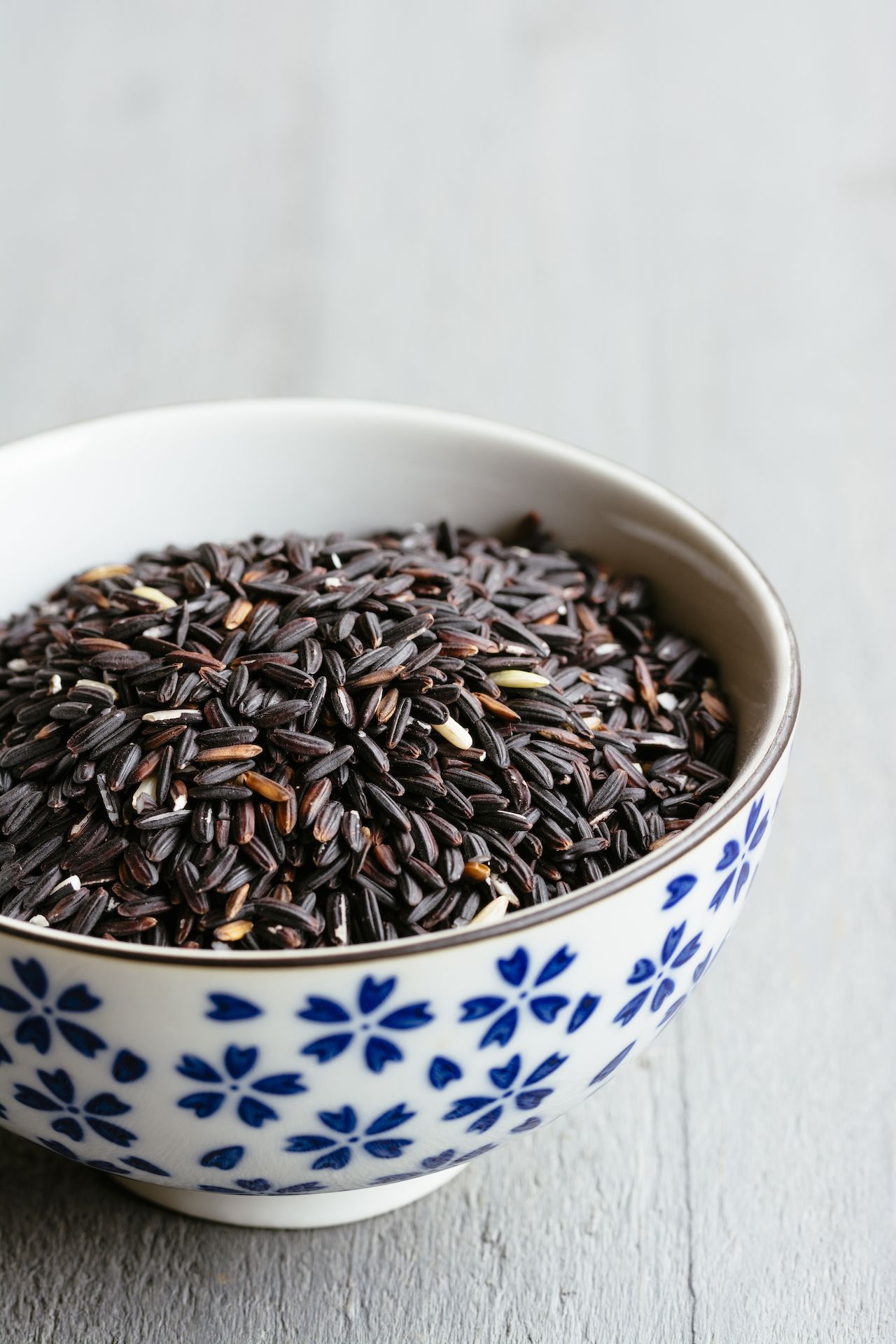
ASMR
4) Black rice
Sometimes referred to as forbidden rice, black rice gets its colour from anthocyanins, antioxidants that studies have shown to reduce the risk of cancer, cardiovascular disease, and other chronic conditions.
Studies also show that the compounds in black rice may fight against inflammation, another cause of chronic disease. It boasts a chewy texture and earthy flavour, and it makes a great base for grain bowls.
RELATED: ‘Forbidden’ Black Rice Is Taking Over Instagram, and You Definitely Need to Try It
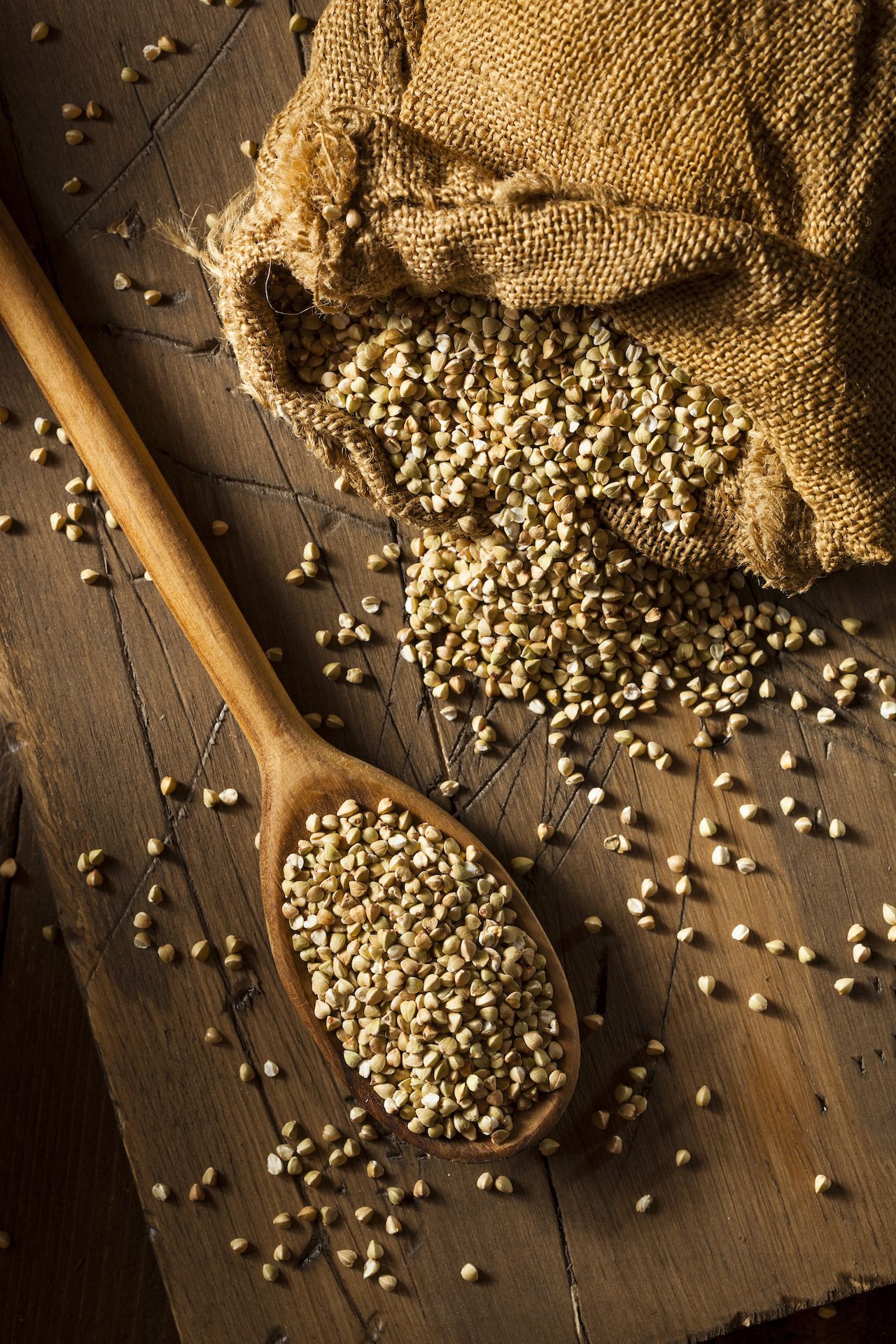
ASMR
5) Buckwheat
This gluten-free whole grain is known for its deliciously complex nutty, slightly bitter flavour, and it is also the main ingredient in soba noodles.
“Buckwheat is particularly high in antioxidants and fibre and may help support blood sugar management and heart health,” says Moore.
Studies have also shown that the flavonoids in buckwheat have helped to maintain healthy blood pressure and improve circulation.
Beyond soba noodles, its flour is often used in savoury crepe recipes. You can also try toasting whole groats and add to a bowl of yoghurt and berries.
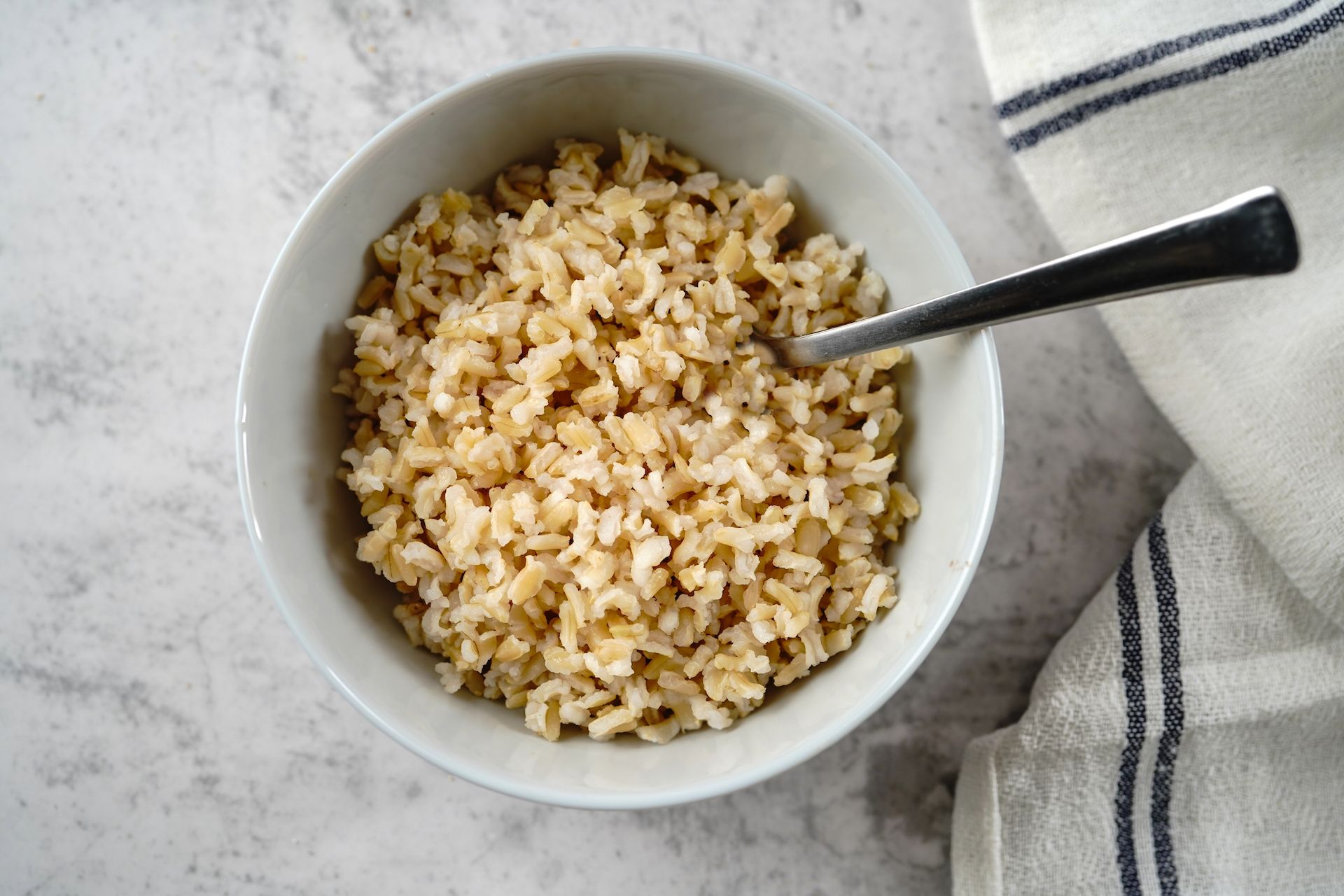
ASMR
6) Brown rice
Brown rice is the unprocessed version of white rice, with the bran and hull still attached, so it retains a higher percentage of nutrients than white. It typically takes longer to cook than white rice and has a chewier texture, as well as more magnesium and vitamin B6, an important mineral that science shows can boost the immune system and keep your nervous system healthy.
RELATED: Brown Rice Vs. White Rice—Is One Better for Your Health?
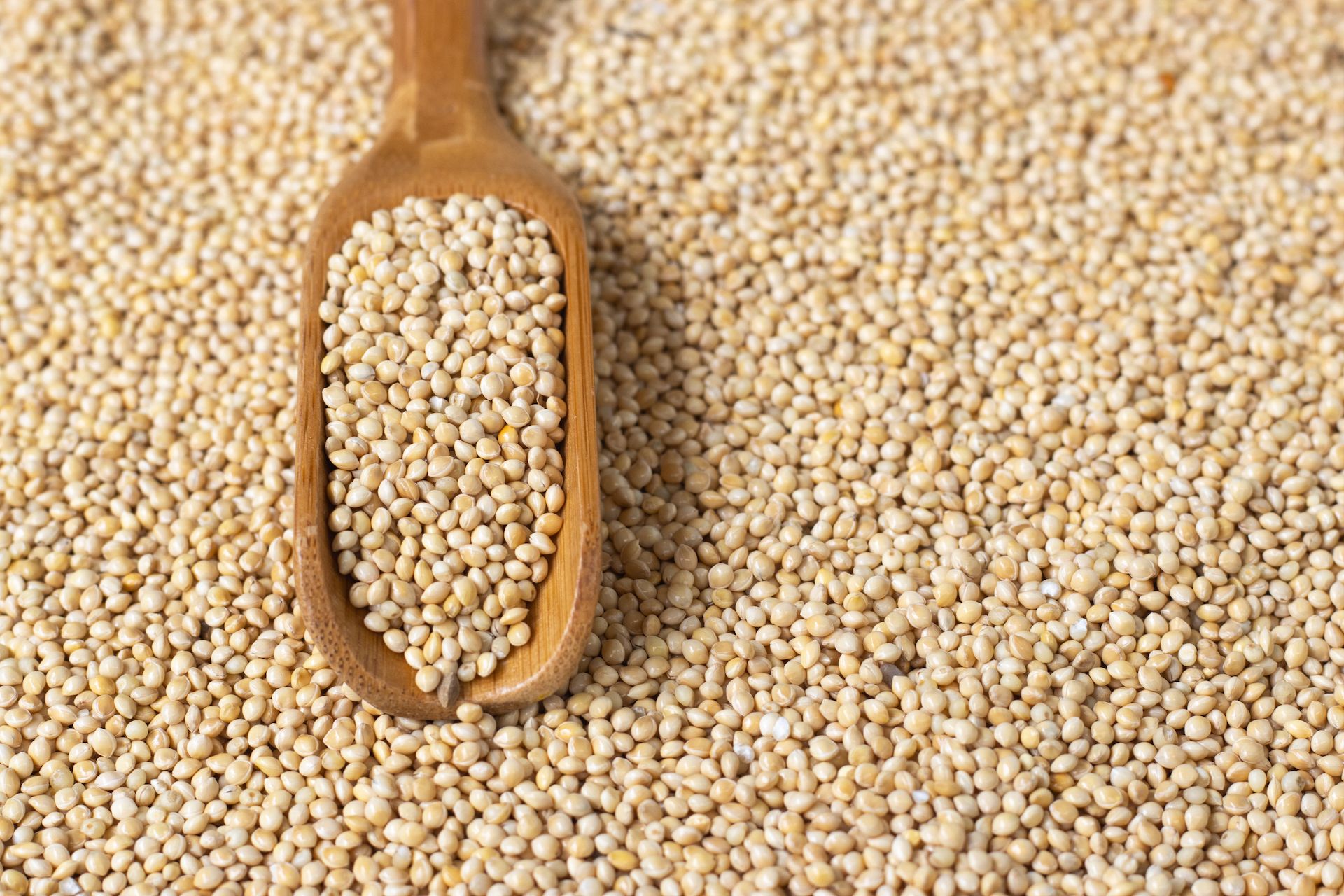
ASMR
7) Millet
There are several varieties of this little round gluten-free grain that you may see in stores, such as fonio, pearl, and finger. One cup of millet also boasts 10% of the recommended daily intake of phosphorus for women, which, along with calcium, helps to maintain healthy and strong bones and teeth.
Studies have shown that the consumption of millet can help to prevent chronic diseases in those who enjoy it regularly. Dig into a bowl of millet in a delicious breakfast porridge, which will start your day off with 11 grams of protein.
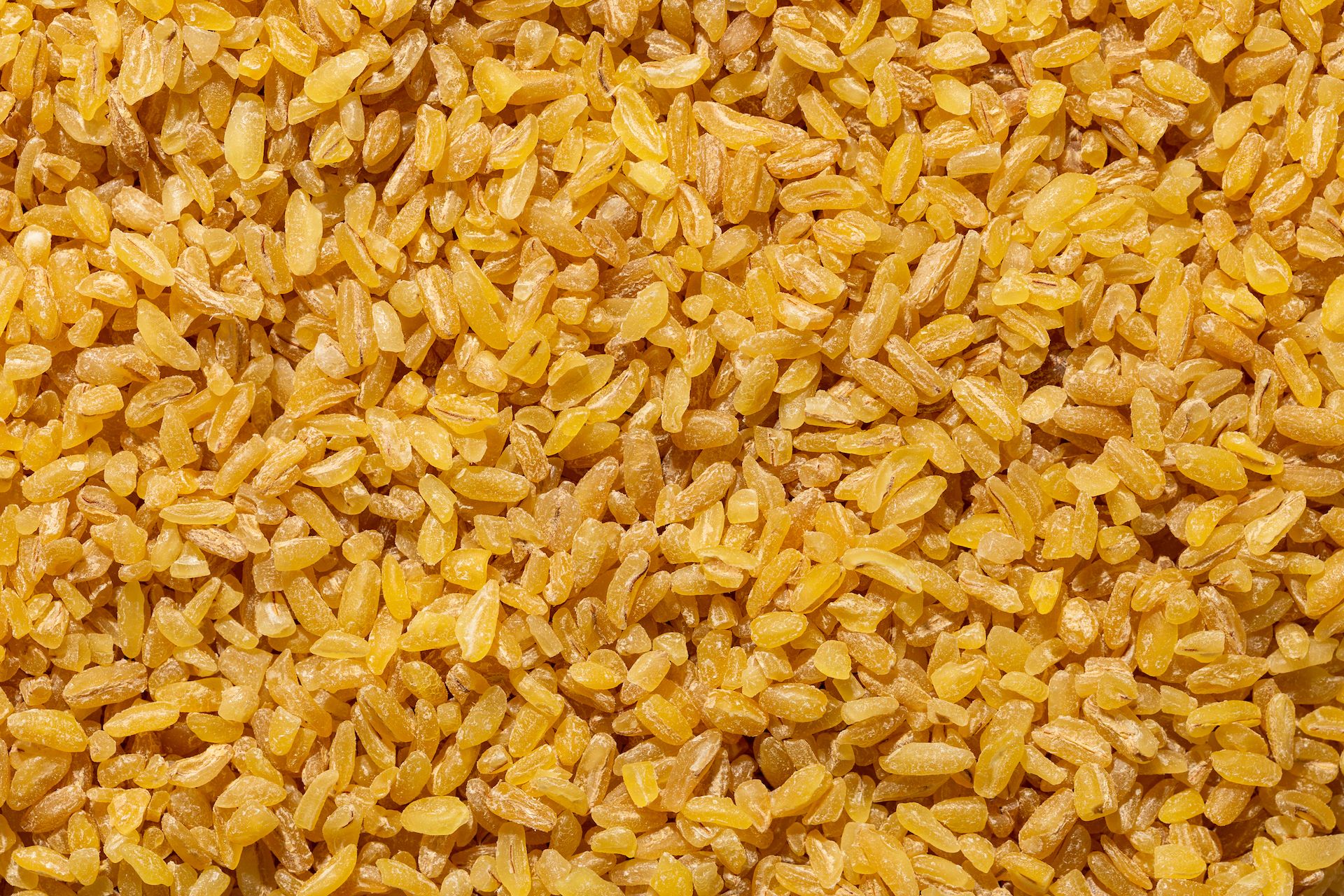
ASMR
8) Bulgur
Bulgur is a type of cracked wheat, often made with durum wheat (so it isn’t gluten-free). One cup provides a whopping 17 grams of plant-based protein, plus plenty of magnesium, which beyond aiding in muscle and nerve function, also plays a key role in bone health.
It’s easy to find various grain sizes of bulgur, including fine, medium, coarse, and extra coarse, and the finest of the grains do not need to be boiled to cook through. Simply add hot water and let sit, then fluff with a fork.
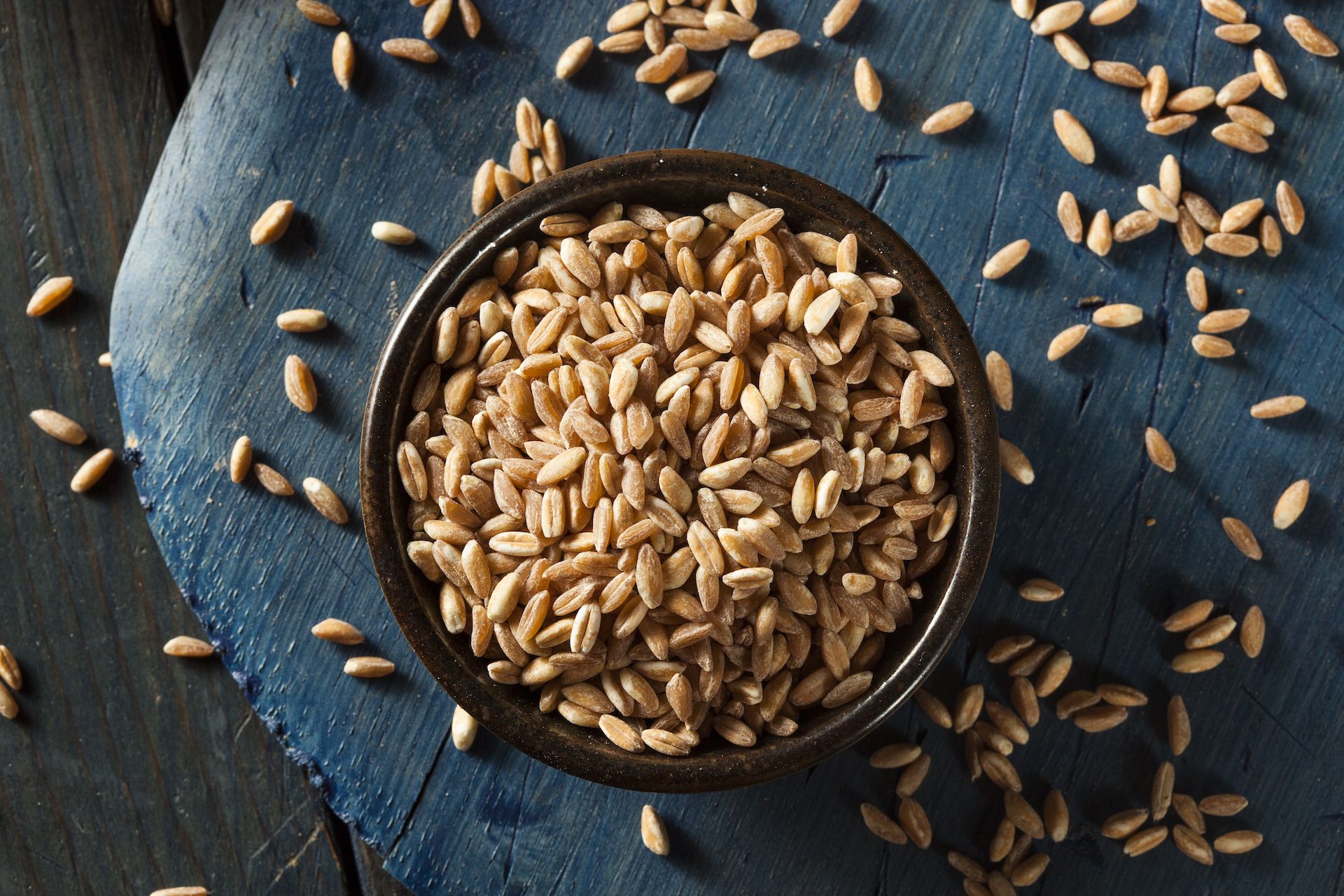
ASMR
9) Farro
This chewy whole grain is available in different varieties. Brands sell quick cooking or instant farro that can be ready in 10 minutes, whereas regular farro can take a significantly longer time to prep.
Farro is particularly high in niacin, a B vitamin that gives skin a boost and helps the digestive system.
“Try batch cooking quinoa or farro to easily build hearty grain bowls. Simply add fresh or roasted vegetables, hummus or other spreads, tofu, or other proteins you enjoy,” says Moore.
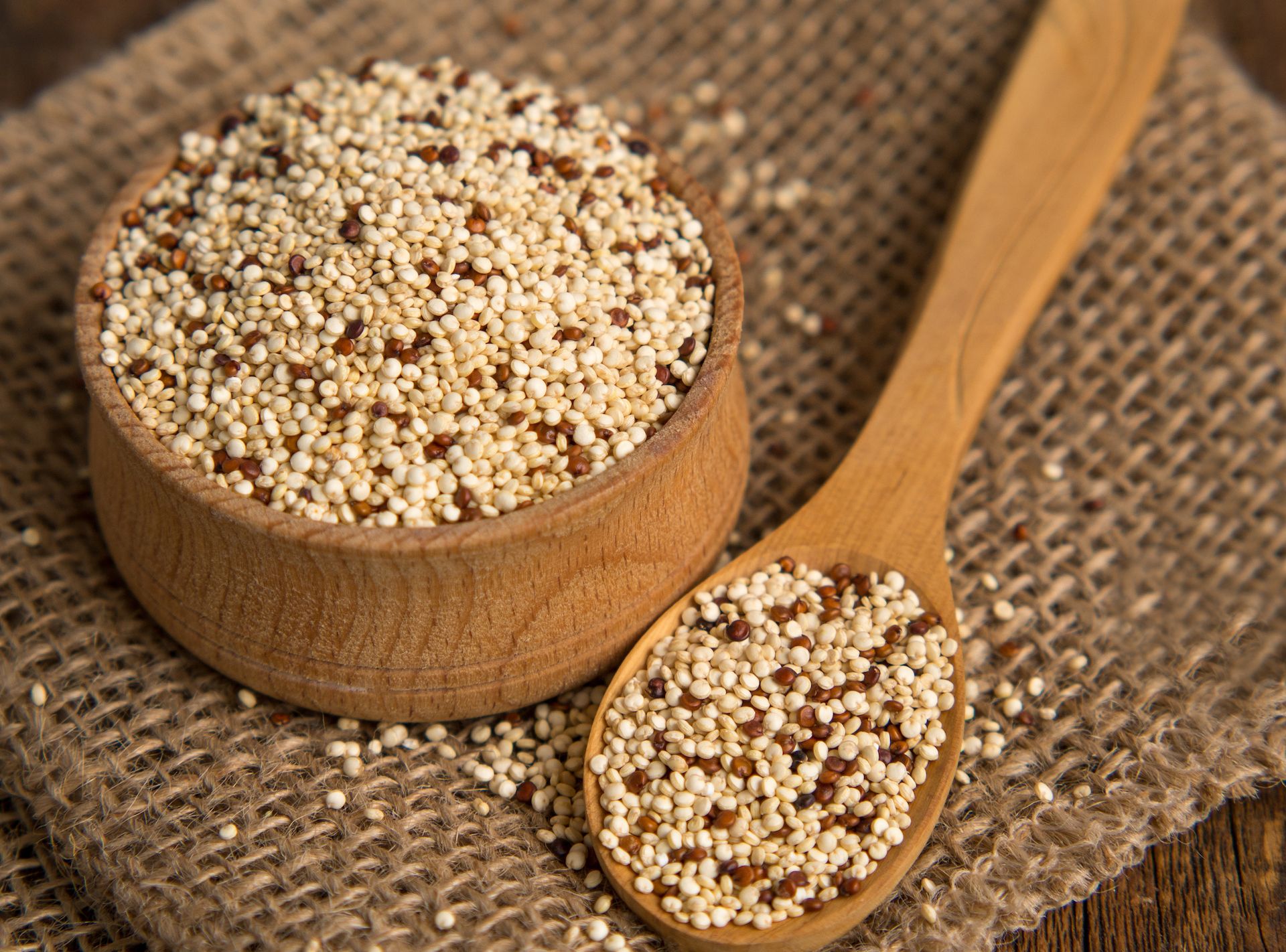
ASMR
10) Quinoa
Quinoa is technically a seed, rather than a grain, native to Peru, Ecuador, and Bolivia, and it is naturally gluten-free, making it a great base for those avoiding gluten due to allergy or intolerance.
It is chock full of important nutrients: one cup provides 8 grams of protein and 5 grams of dietary fibre. Steamed, boiled, or cooked into a porridge, it will maintain a pleasant bite.
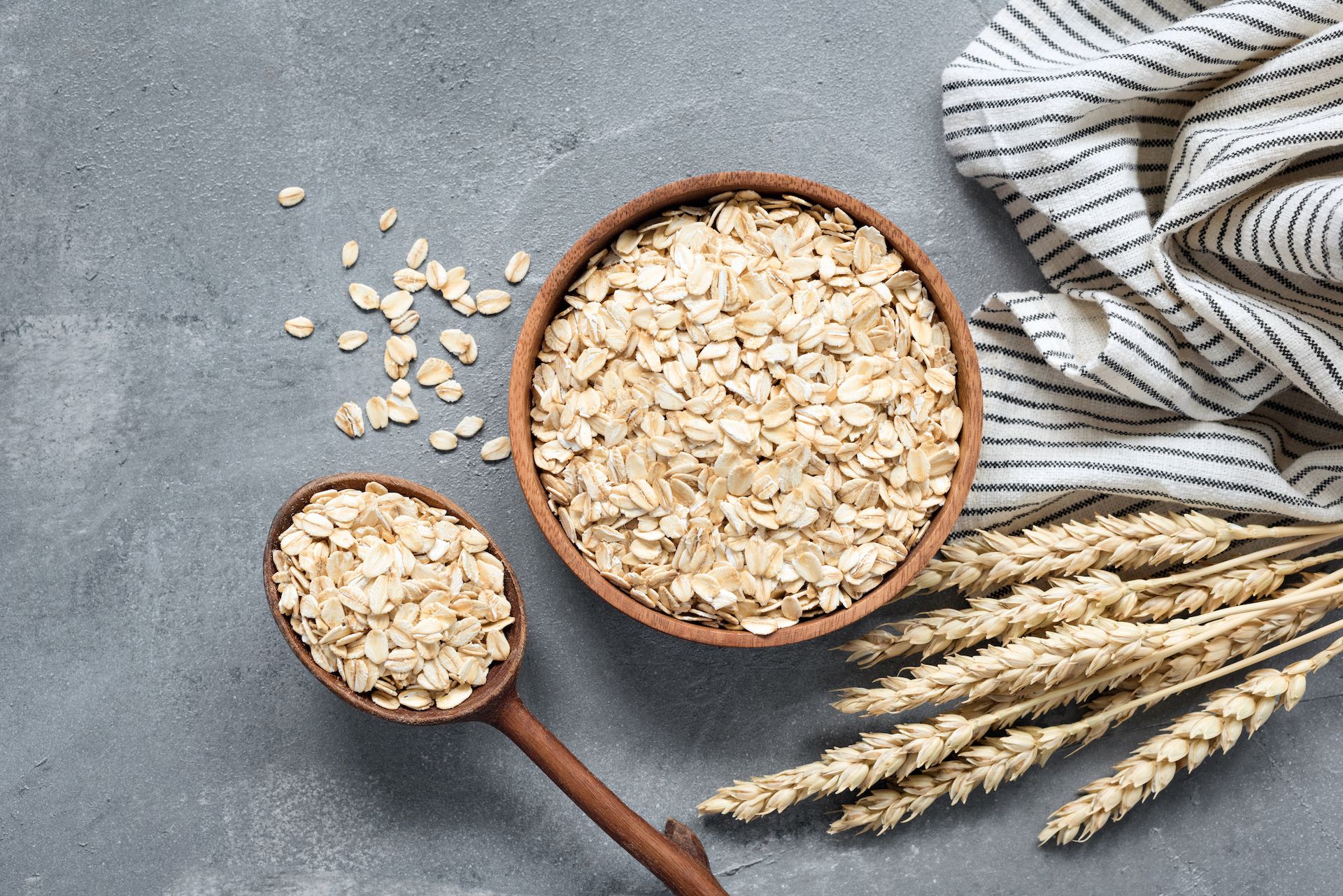
ASMR
11) Whole oats
This go-to breakfast is a staple for good reason. “Oats are rich in beta-glucan, a soluble fibre shown to help lower cholesterol levels and improve blood sugar management,” says Moore.
Oats are also high in fibre, and studies show that their fibre content as well as other nutrients help to boost your gut microbiome, which aids in immune system support as well as digestion.
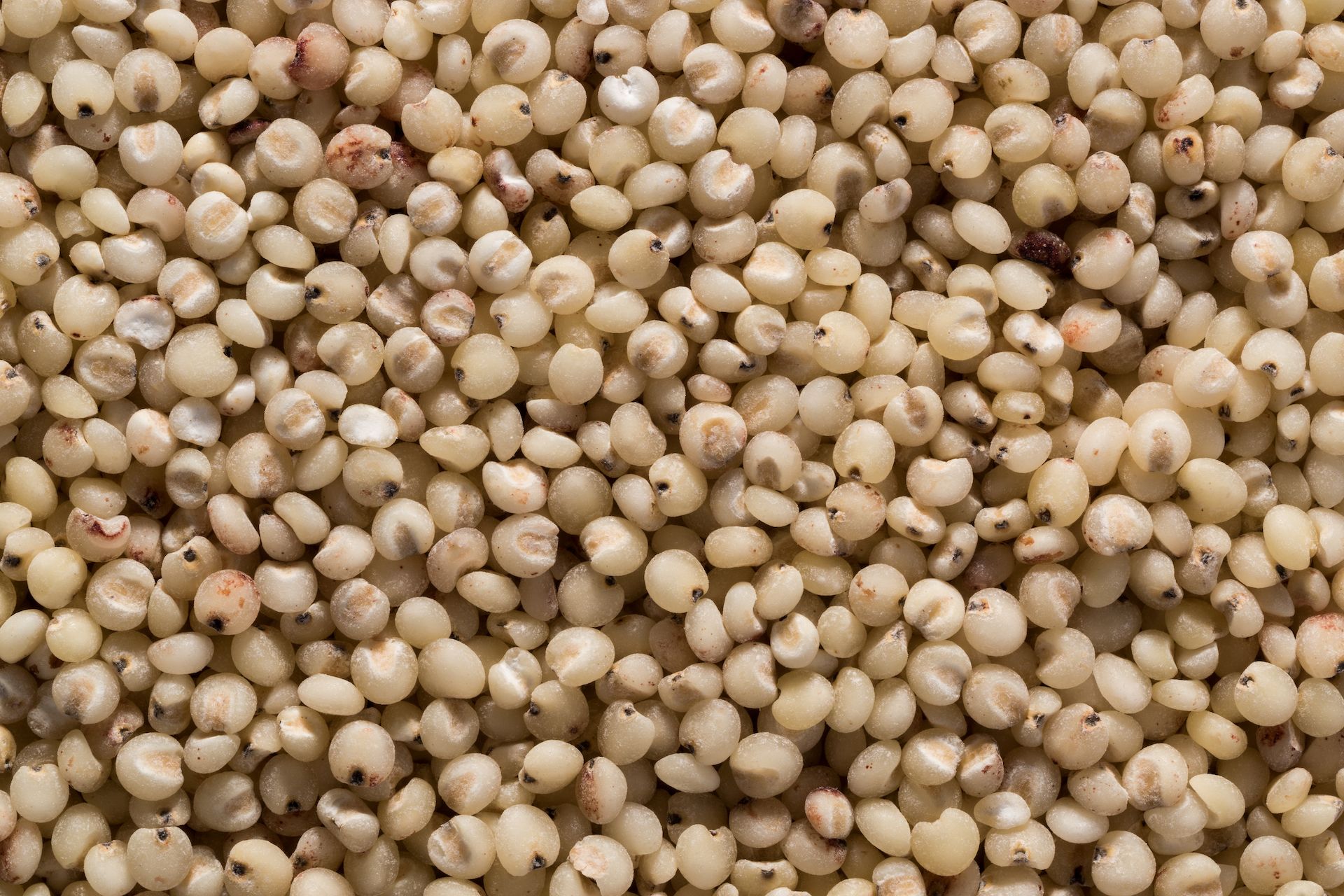
ASMR
12) Sorghum
Popular in Indian and West African cooking, sorghum is less common to find in your grocery store (but easy to order online).
Sorghum is an impressive whole grain both for its health benefits and its environmental benefits. Scientists have explored this crop as one that can grow extremely well in drought conditions, making it a potentially popular option as climate change continues to warm the planet and cause more widespread drought.
Like other grains, sorghum is high in protein and fibre. Studies also show that sorghum is high in polyphenols, which can aid in preventing cancers as well as oxidative stress, which may speed up ageing. To prep, cook as you would quinoa, or pop on the stove like you would popcorn.

ASMR
13) Spelt
Also known as dinkel or hulled wheat, spelt is often found ground into flour and added to bread doughs. This nutty grain is a decent source of minerals like potassium, manganese, iron, and phosphorus, as well as thiamin, a vitamin B that is important for cell function and healthy metabolism.
Spelt benefits from an overnight soak before cooking to cook it faster, or a low heat from a slow cooker to ensure it is tender.
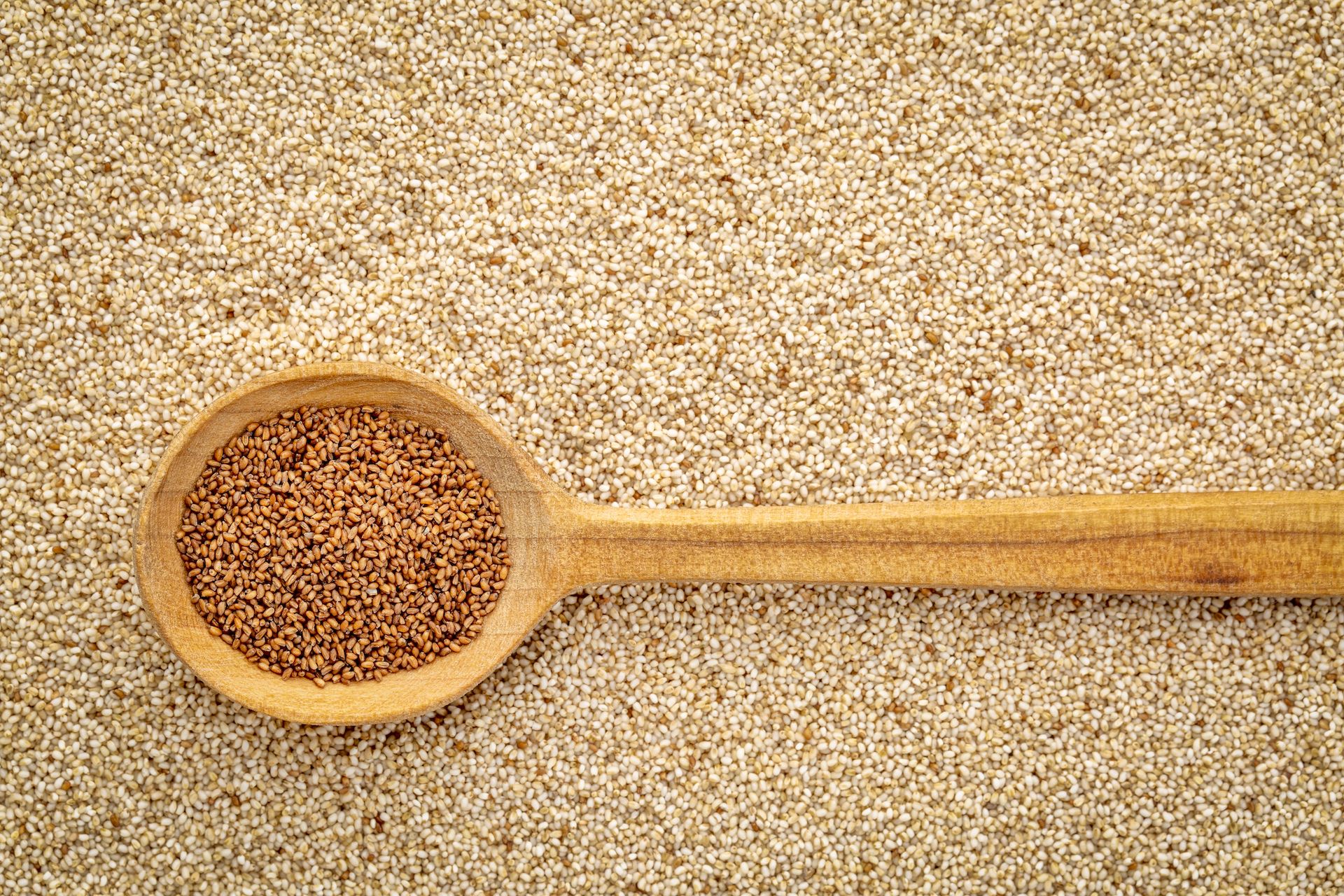
ASMR
14) Teff
Find this tiny grain in its whole form or ground into flour—the main ingredient in injera, a staple flatbread in Ethiopian cuisine. It is a plant native of Eritrea and Ethiopia.
“Teff is high in protein, higher in iron than most other grains, and a fibre powerhouse, packing 12 grams [in 100 grams],” says Moore.
This mild, slightly sweet pick is also rich in minerals such as copper, phosphorus, and magnesium, key for regular muscle and nerve function.






